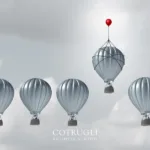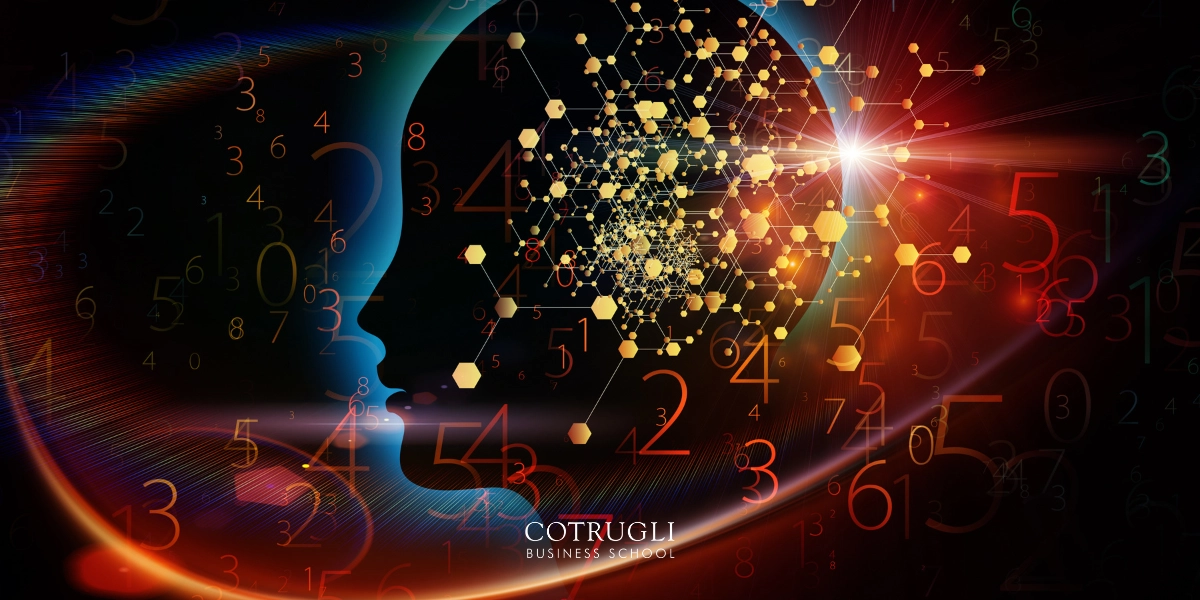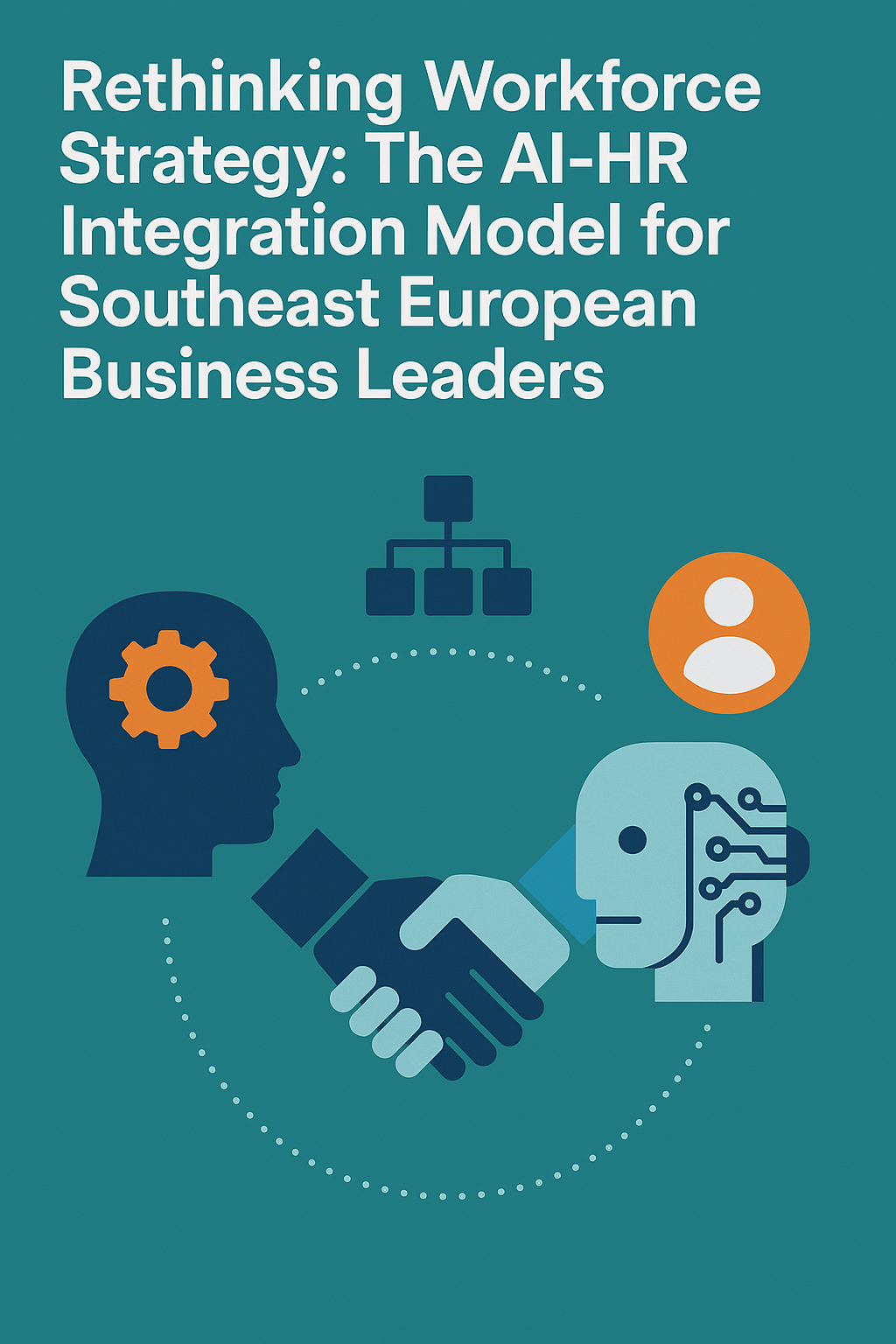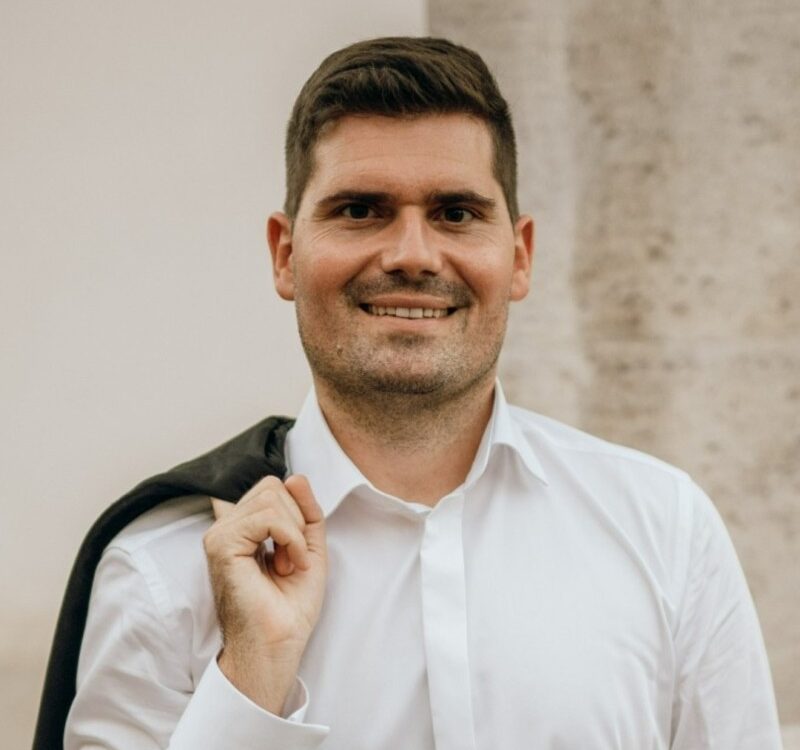Your Mind Does Matter
So what do you think? …is usually a question enquiring as to your opinion, your perceptions, and ultimately your beliefs. These are the primary shapers of our thoughts and as the old saying goes “your thoughts count”. The second Resource
that you have at your disposal is your mind and your mental energy, your “thought factory”.
Much has been said and written on the mysteries of the mind and it’s usually left to the specialist domains of psychiatry or psychology to pronounce on its location, nature, workings, and ultimate purpose. But with a little practiced self-
reflection it’s not difficult to see the what, where, and how of our mental activity.
Everyone has a mind and everyone uses the mind to “think”, to create thoughts. It is the inner “arena of creation” within our consciousness. It is both a faculty of our consciousness and a tool that we can use.
While the mind is not the self it is within the self. Take a moment to stop and look, to watch your thinking process, and you will notice yourself creating thoughts in the form of ideas, images, concepts, and then projecting these up
onto the screen of your mind. From there they travel as invisible vibrations outwards, first into your body and then out into the world where they will have an effect on the mental atmosphere and on any object on which they are
focussed. Even other people’s thoughts become your thoughts as you bring them into your consciousness, put them up on the screen of your mind, and give them life. Then they are your thoughts.
The Power of Mind
During the last two decades much research has been done into the effect of thoughts (the invisible) on the material world around us (the visible). Numerous examples prove that the quality of our thought vibrations makes a difference. Perhaps the most striking example comes from the world of the Japanese researcher Masaru Emoto, whose work on the effect of thoughts on water structures was deemed by many as absolute proof of the power of thought upon matter.
Emoto became known for his photographs showing crystals of frozen water that had been exposed to focused thoughts. In one of many experiments he filled test tubes with samples of water and exposed them to music, talked to it, or wrapped it in a roll of paper with printed words around the glass. Essentially he was transmitting information, “expressions of consciousness” or thoughts to the water. Water that received expressions of gratitude crystallised into very beautiful and orderly structures. In contrast, water, which was subjected to aggressive words: “you make me sick – I will kill you”, showed no orderly crystals.
In his extraordinary book, filled with many photos of crystals from many such experiments, he describes one experiment with two glass jars of boiled rice and primary school children. One jar was showered by the children with thoughts
and words of gratitude and the other treated with rejection and derisory thoughts. The jar on the receiving end of gratitude was a golden yellow in color, almost fermented, and had a pleasant malt aroma. While the other jar of rice was black, rotted with a “beastly stench”.
Many of us have also experienced that moment when, for no apparent reason, we turn around and catch someone looking straight at us, and vice versa. The vibration of our thoughtful attention travels and invisibly connects with the
mind of the other.
Law of Attraction
There are two arenas that now remind us of the power of the mind and that at every moment we have this power at our disposal. One is sport and the other is a whole new wave of people rediscovering and consciously exploiting the “law of
attraction”. Many top sports people now build into their regime something that was quite uncommon perhaps only a decade or so ago, namely “thinking time”, or visualization time. Trained by modern-day psychologists, they practice the art of “peak performance visualization” for long periods before stepping onto the court, the course, the track, or the field of play. And they tell us it works, sometimes for whole teams.
But the power of the mind is no “secret” and in the last few years, several books have emerged to remind us of one simple message. If you can conceive it, you will create and see it on the screen of your mind, and if you can sustain your
creation with frequent focused attention then you will achieve it, it will happen. What you see/want mentally will manifest in some material form. But caution is required because equally if you keep creating images of what you don’t want it will happen too! So say those who work intimately with the law of attraction!
It all points to one thing and that is “be creative” on the canvas of your mind, but be careful what you create and sustain in your mind. At every moment you are creating thoughts and it is the content and quality of those thoughts that will
attract you what is “on your mind”. So what is on your mind?
Breaking Free from Regret and Worry
What are you using your mental resources to create? It is probably true to say that most people spend most of their thinking time re-creating the past. Their thoughts are about what has gone by and the result is obvious, history repeats.
Patterns of events just seem to go round and round and there is the feeling of being stuck in a rut without knowing quite why. Take an average day like today and watch how often you stray into the past either in conversations with others
or just in your mind. The past also includes five minutes ago.
If not the past then it’s the future and our very own “worry project”. Worry is also one of our favorite mental pastimes that we use to pass the time! We create negative images of possible futures and then use them to keep ourselves in
a state of perpetual anxiety or tension. Regret and worry are the two mortal enemies of our creative potential. The first step towards the mastery of our mental resources is to learn to forget the past and ignore the future. It is not easy because one requires the conscious to let go of what we have come to use to define us i.e. our (his)story. And the other requires a form of faith that all will be well, all will turn out exactly as it should…no matter what happens! Both these
mental practices are challenging because we have a lifelong habit of regret and worry. What can help is to realize that our peace and happiness in life can never be found in the past or in the future but only in the now, in the present.
A “no regrets” and “no worries” approach to life does not mean we don’t learn from what has just gone. It does not mean we don’t make a plan. But learning and moving on, planning and acting on our plans, are not regret and worry. To get a clearer sense of the difference between the two we need some reflective time in our daily routine.
Embracing the Mind’s Freedom
We have all met that rare character who, for some reason, never seemed to have learned how to create regret or worry. We are touched by their light and free-spiritedness and their naturally positive and proactive attitude. It’s not
that they do not care, unlike many of us, they just don’t confuse regretting or worrying with caring. Their mind is open and free and as result, they are open and free. They are not trapped in images of yesterday or tomorrow. They are
here today, fully present in the now with a skip in their step and a sparkle in their eye. And then we go and spoil the moment by “thinking” what’s the matter with them?
Question: What would you say would be the proportions of time you spending past, future and present in your average day? Would it be 80/15/5? Or more like 60.30/10? Or …
Reflection: Why do we live in the past or future so much, why do we keep trying to go where we can never go in our minds?
Action: Take five minutes each day this week, pick someone you know and see quite regularly, send them good, positive thoughts, filled with gratitude and watch to see what happens.
Written by our professor Mike George.







